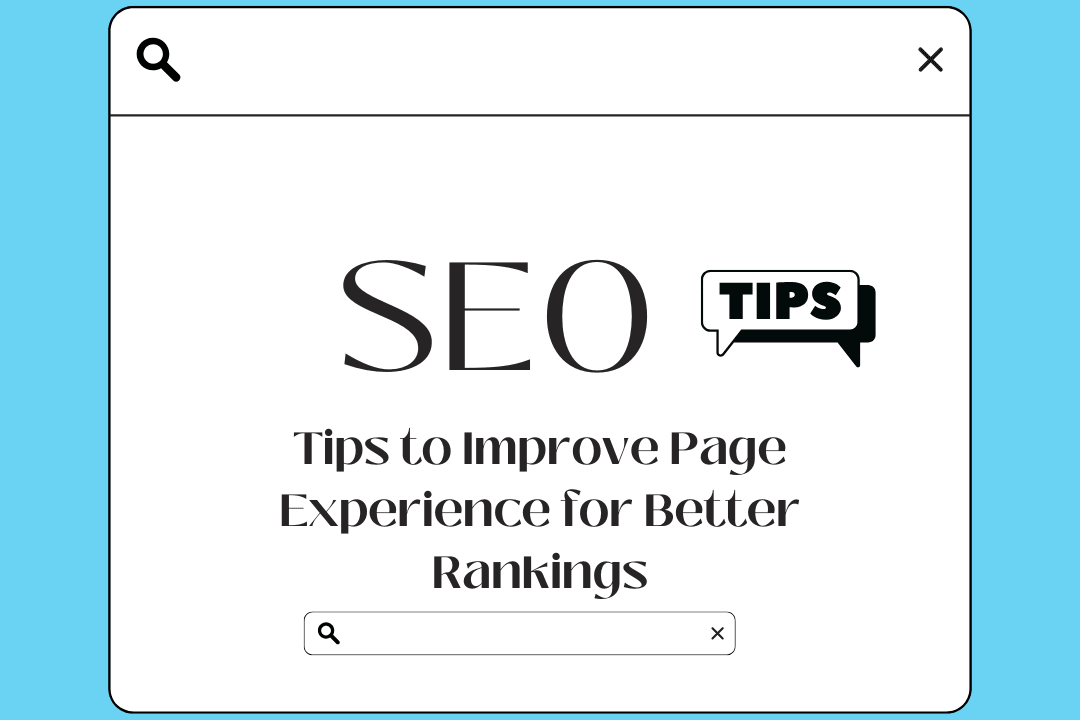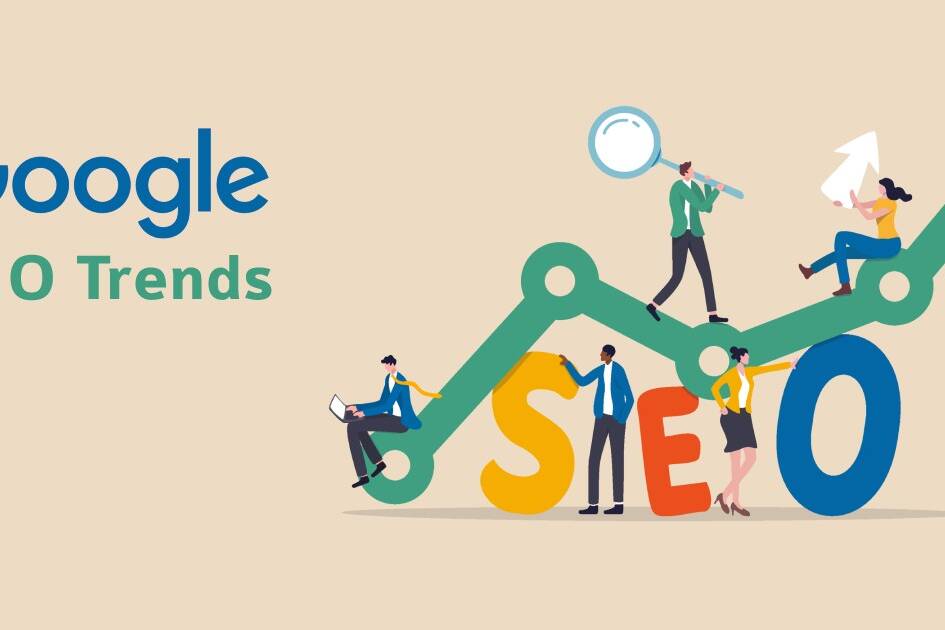In the fast-paced world of digital marketing, staying ahead of the competition requires more than just ranking on the first page of search engine results. One critical metric that continues to gain importance is the Click-Through Rate (CTR). CTR is a measure of how many users click on a link after seeing it in the search results. In 2025, optimizing for CTR has become an essential part of any SEO strategy, as it directly influences your website’s visibility, engagement, and overall success. This article explores Why CTR matters for SEO & How to improve it in 2025, ensuring your website not only ranks higher but also attracts the right audience.
Table of Contents
ToggleTop 3 Reasons Why CTR Matters For SEO?
CTR is not just a vanity metric; it has a profound impact on your website’s performance and search engine rankings. Here’s why:
1. A Strong Indicator of Relevance
Search engines like Google use CTR to gauge the relevance of your webpage to a user’s search query. If users consistently click on your link over others, it signals to Google that your content is valuable and relevant. Over time, this can positively influence your rankings.
2. Increased Traffic and Engagement
Higher CTR means more users visiting your site. But it doesn’t stop there—an engaging landing page ensures users spend more time on your website, reducing bounce rates and increasing conversions. This creates a positive cycle of improved rankings and better user engagement.
3. Impact on Quality Score for Paid Ads
While primarily associated with organic traffic, CTR also plays a role in paid search campaigns. A high CTR can improve your ad’s Quality Score, leading to lower costs and better ad placements. This dual impact makes CTR a key focus area for both organic and paid strategies.
Top 10 Tips To Improve CTR in 2025
Now that we understand why CTR is crucial, let’s dive into the best strategies you can use to boost your click-through rates in 2025.
1. Craft Compelling Meta Titles and Descriptions
Your meta title and description are like your website’s first handshake with users. Make them inviting:
- Use Actionable Language: Words like “Discover,” “Learn,” or “Boost” can motivate people to click.
- Include Keywords Naturally: Place your main keyword in the title and description without making it feel forced.
- Add Numbers or Brackets: Titles such as “10 Tips to Boost Your CTR in 2025” tend to grab attention.
- Create Urgency: Words like “Now,” “Today,” or “Before It’s Too Late” can encourage immediate action.
2. Simplify Your URLs
A clear, concise URL gives users a quick idea of what your page is about. Keep it short, descriptive, and include relevant keywords. Avoid cluttering it with unnecessary words or symbols.
3. Use Structured Data
Rich snippets, like star ratings, FAQs, and product details, make your link stand out in search results. Implement structured data markup to provide more information to search engines and attract more clicks.
4. Improve Core Web Vitals
In 2025, Google’s Core Web Vitals remain essential for ranking and user experience. A good page experience leads to higher CTR. Focus on:
- Largest Contentful Paint (LCP): Speed up your page’s loading time.
- First Input Delay (FID): Make your site interactive and easy to navigate.
- Cumulative Layout Shift (CLS): Ensure your content doesn’t shift around while loading to avoid frustrating users.
A fast, smooth experience makes visitors more likely to stay and click.
5. Write Attention-Grabbing Headlines
A great headline can make all the difference. Here’s how to craft one:
- Be Clear and Specific: Headlines like “How to Increase Your CTR by 50% in 30 Days” are direct and engaging.
- Use Emotion: Words like “Amazing,” “Effective,” or “Unbelievable” pique curiosity.
- Ask Questions: For example, “Struggling to Improve Your CTR? Here’s How” speaks directly to user concerns.
6. Test and Refine Your Content
Not everything will work right away, and that’s okay. Experiment with different:
- Headlines and meta descriptions.
- Call-to-action (CTA) phrases.
- Content layouts, such as bullet points or lists.
Use tools like Google Search Console and heatmaps to see what resonates with your audience and adjust accordingly.
7. Add Visual Appeal
Content with images, videos, or thumbnails often gets more clicks. Use eye-catching visuals that align with your content and optimize for SEO to improve load times.
8. Prioritize Mobile Optimization
Since most users browse on their phones, ensure your website looks and works great on mobile devices. Test its responsiveness and make navigation simple for mobile users.
9. Focus on Long-Tail Keywords
Long-tail keywords are more specific and often have less competition. Targeting these phrases helps you attract visitors who are more likely to engage with your content and improve your CTR.
10. Monitor and Keep Improving
SEO isn’t a one-time job. Regularly track your CTR metrics using tools like Google Search Console. Identify pages with high impressions but low CTR, and tweak their meta tags, content, or CTAs to boost performance.
By focusing on these strategies, you can improve your CTR and create a better experience for your audience. Consistent effort and a willingness to adapt will help you see lasting results.



